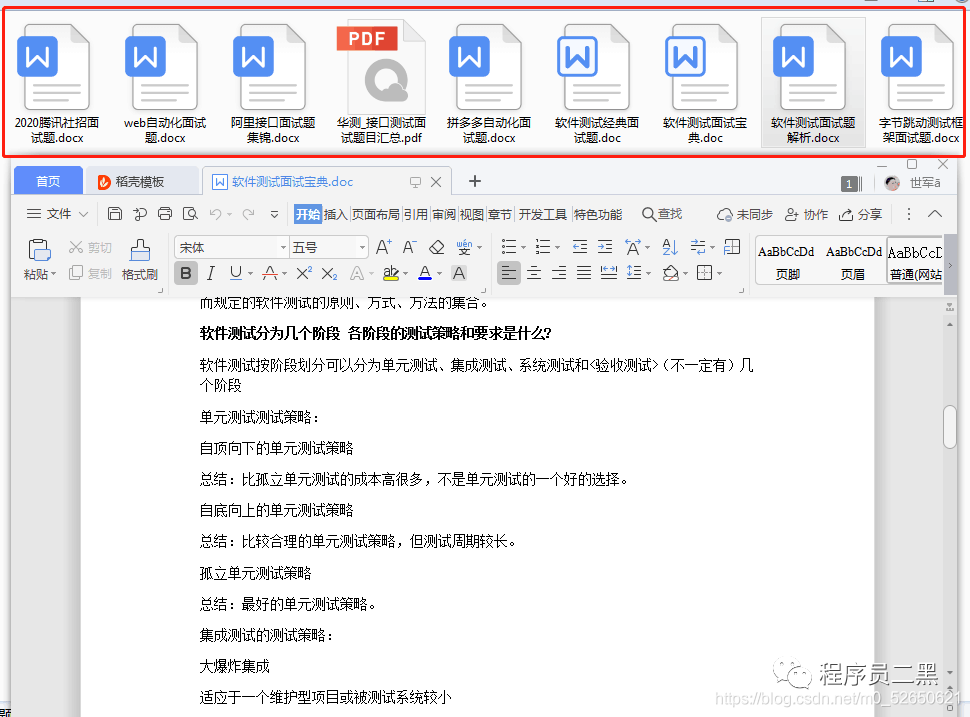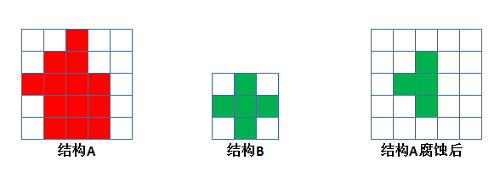I'm learning Learn Python the hard way.
w = "This is the left side of..."
e = "a string with a right side."
print w + e
Explain why adding the two strings w and e with + makes a longer string.
Even I know it can work, but I don't understand why and how? Please help me.
Python uses + to concatenate strings because that's how core developers of Python defined that operator.
While it's true that __add__ special method is normally used to implement the + operator, + (BINARY_ADD bytecode instruction) does not call str.__add__ because + treats strings specially in both Python 2 and Python 3. Python invokes the string concatenation function directly if both operands of + are strings, thus eliminating the need to call special methods.
Python 3 calls unicode_concatenate (source code):
TARGET(BINARY_ADD) {
PyObject *right = POP();
PyObject *left = TOP();
PyObject *sum;
if (PyUnicode_CheckExact(left) &&
PyUnicode_CheckExact(right)) {
sum = unicode_concatenate(left, right, f, next_instr);
/* unicode_concatenate consumed the ref to v */
}
else {
sum = PyNumber_Add(left, right);
Py_DECREF(left);
}
...
Python 2 calls string_concatenate (source code):
case BINARY_ADD:
w = POP();
v = TOP();
if (PyInt_CheckExact(v) && PyInt_CheckExact(w)) {
/* INLINE: int + int */
register long a, b, i;
a = PyInt_AS_LONG(v);
b = PyInt_AS_LONG(w);
/* cast to avoid undefined behaviour
on overflow */
i = (long)((unsigned long)a + b);
if ((i^a) < 0 && (i^b) < 0)
goto slow_add;
x = PyInt_FromLong(i);
}
else if (PyString_CheckExact(v) &&
PyString_CheckExact(w)) {
x = string_concatenate(v, w, f, next_instr);
/* string_concatenate consumed the ref to v */
goto skip_decref_vx;
}
else {
slow_add:
x = PyNumber_Add(v, w);
...
This optimization has been in Python ever since 2004. From the issue980695:
... in the attached patch ceval.c special-cases addition of two strings (in the same way as it special-cases addition of two integers already)
But note that the main goal was greater than elimination of special attribute lookup.
For what it's worth, str.__add__ still works as expected:
>>> w.__add__(e)
'This is the left side of...a string with a right side.'
and Python will call __add__ methods of subclasses of str, because PyUnicode_CheckExact(left) && PyUnicode_CheckExact(right) (or PyString_CheckExact(v) && PyString_CheckExact(w), in Python 2) from the code snippets above will be false:
>>> class STR(str):
... def __add__(self, other):
... print('calling __add__')
... return super().__add__(other)
...
>>> STR('abc') + STR('def')
calling __add__
'abcdef'
The __add__ method of the class str is called when you add (concatenate) two strings in this manner. The __add__ method works as such, but the following is not verbatim from the source code:
def __add__(self, str1, str2):
str3 = [str1] #Convert to list
str3.append(str2) #Add the second string to the list
return ''.join(str3) #Return the two joined
Example:
class MyString:
def __init__(self, initstr):
self.string = initstr
def __add__(str1, str2):
str3 = [str1.string] #Convert to list
str3.append(str2.string) #Add the second string to the list
return MyString(''.join(str3)) #Return the two joined
>>> a = MyString("Hello")
>>> b = MyString(" World!")
>>> c = a+b
>>> c.string
'Hello World!'
>>>
+, -, *, and other operators will work on anything that implements the right methods. Since strings implement the __add__(self, other) method, you can add two strings with +.
Try this: define your own string subclass and override its __add__ method:
class BadString(str):
def __add__(self, other):
# Ignore both input strings and just return this:
return "Nothing Useful"
s = BadString("hello")
print("hello" + " world") # "hello world"
print(s + "world") # "Nothing Useful"
The same technique, operator overloading, lets you create classes that can use the built-in operators like + or * usefully, like vectors that can be added together.


